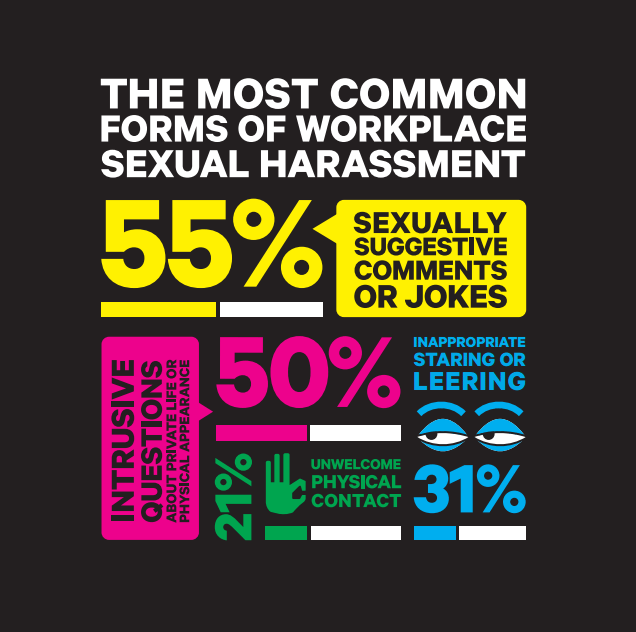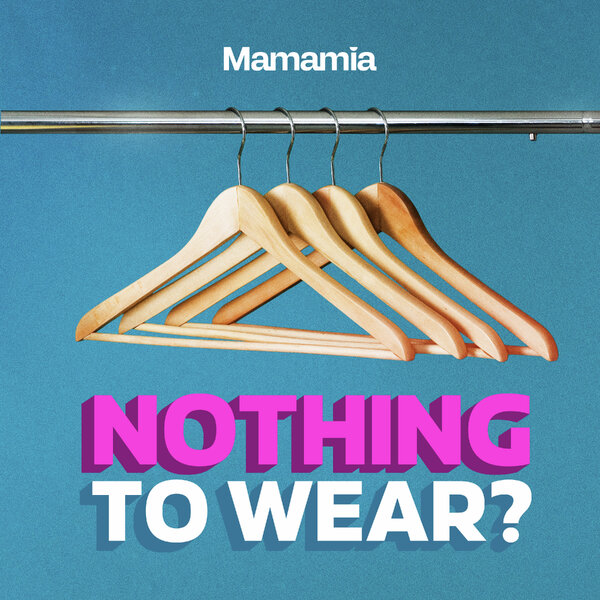
A handful of my friends experienced the seedy side of working life while in their early 20s.
One was unexpectedly kissed by her boss, a senior employer of a large international company. She actually kicked him in the shin to escape the situation. Another had her breasts groped while at after-work drinks in front of her colleagues. Though the incidents occurred years apart, they had something in common. Like four out of five Australian who are sexually harassed at work, neither of these women reported the behaviour.
Sexual harassment – defined as unwelcome sexual conduct that makes a reasonable person feel humiliated, intimidated or offended – is still rife in workplaces across the country, despite it being outlawed 30 years ago.
According to the Australian Human Rights Commission, one in five Australians have experienced sexual harassment in the workplace. That’s equivalent to the combined populations of South Australia, Western Australia and Tasmania. And 25 per cent of women have experienced workplace sexual harassment in the past five years (these women would fill the MCG 20 times over). But only 20 per cent of victims make a formal report for a multitude of reasons.
Not only is sexual harassment in the workplace rife and stressful, it can also be very confusing.
Research indicates that many people do not know what behaviours constitute sexual harassment and, even if they do, they don’t report it because they don’t think it is serious enough, are afraid of repercussions in the workplace, or feel pressured not to “dob” or to “take a joke”.
Mamamia spoke to Victorian Equal Opportunity and Human Rights Commissioner Kate Jenkins about the five most common sexual harassment misconceptions.





























































































